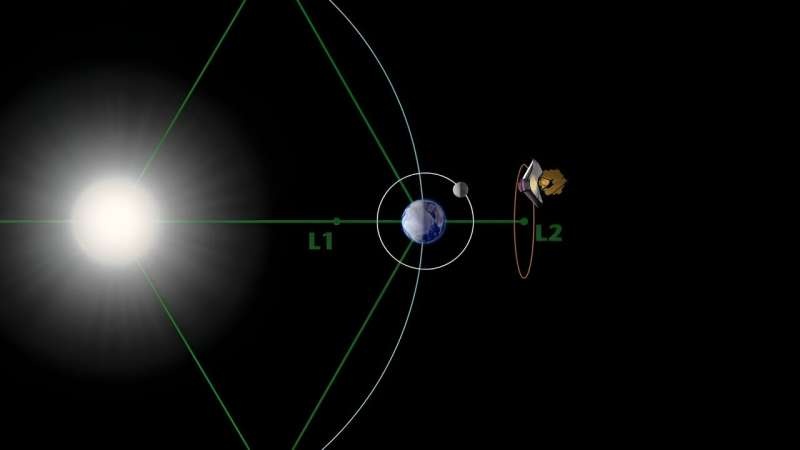Discover how servicing missions to Lagrange points could extend the lifespans of crucial space telescopes like Webb and Gaia, unlocking new frontiers in astronomy.

Making Amends in the Sky
There have been billions of dollar poured into observatory spacecraft in Earth or similar orbit. Interacting with and repairing these missions in their current space would revolutionize the way things work when something goes wrong or parts wear out.
The Hubble Space Telescope is the only facility to have received regular servicing visits thus far, but what if that capability could be extended to other telescopes at NASA’s distant ‘sun-Earth Lagrange points L1 and L2? These are fantastic scientific sites but the strategic locations make them difficult to reach for repairs and maintenance.
For example, facilities like the James Webb Space Telescope (JWST) have built-in lifespans of only 10-15 years, and researchers are looking at potential ways to extend their operational lifetime through serviciing missions. American science has benefited from this approach, as it assures that the astronomers’ observational time is maximized by replacing failing components and replenishing propellants to provide further opportunities for scientific discoveries.
Remote Operations, Remote Sites
Allowing servicing missions to Lagrange point telescopes is by no means easy. However, we’re currently at a stage where current launch technologies are insufficient to even get us there and the existing observatories such as Gaia or JWST were not serviceable when they were designed.
But hope lies in the future. The Goddard Space Flight Center’s Satellite Servicing Capability Office examined on-orbit refueling missions for telescopes at the sun-Earth Lagrange 2 (SEL2) point.
They have considered a wide array of launch and orbital solutions, which consider the types of orbits from which they are launched, the dynamics and availability windows for sending them to sun-earth lagrange points (SEL2), how close or far apart multiple observatories at SEL2 would be if one set was serviced there while another carried out observations above or below this locus radially/azimuthally since their stability depends on both disturbances during a servicing rendezvous and thereafter. These highly integrated models are essential to inform decision-making on how best to prolong the working lives of these valuable pieces of scientific equipment.
Conclusion
But, the ability to reach out and mend space telescopes at the Lagrange points is too tremendous a development for the world of astrophysics. If we can keep observatories like JWST and Gaia in operation for as long as possible, then it will ultimately translate into the ability to make revolutionary scientific discoveries with these state-of-the-art instruments. The work at Goddard represents a huge step in the direction of being able to service our telescopes with some regularity, but it appears that we still have many mountains left to climb in designing a spacecraft robust enough, and capable enough, of performing these repairs.
